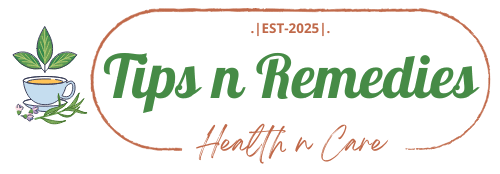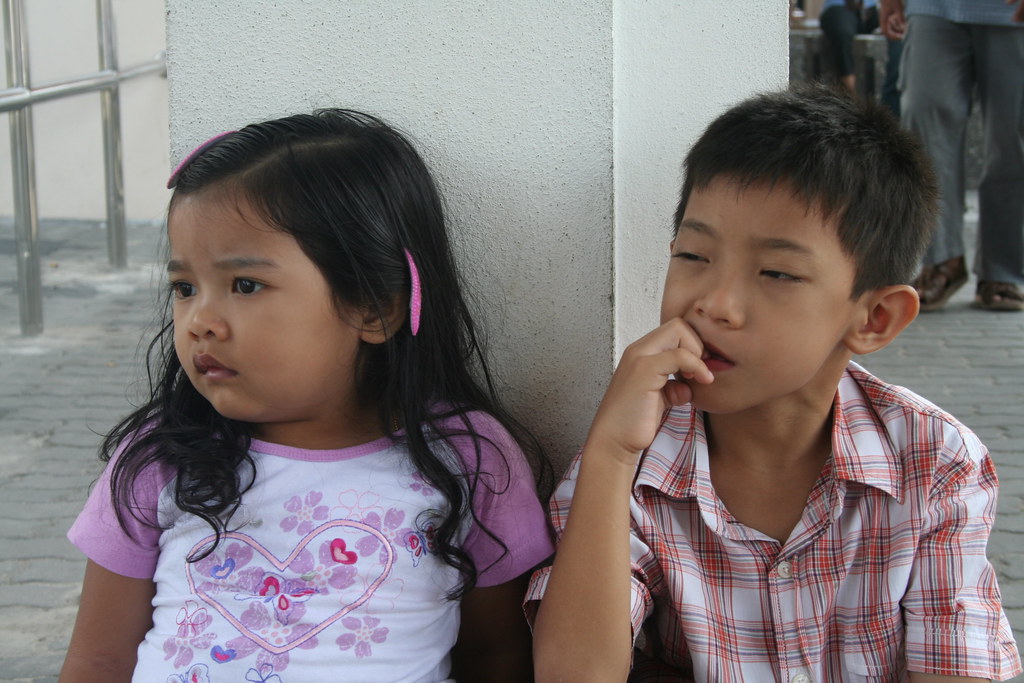Why Do Toddlers Bite Their Nails?
Nail biting, or onychophagia, is a common habit among toddlers and young children. While it may seem harmless, persistent nail biting can lead to infections, dental issues, and emotional distress. Understanding why toddlers bite their nails is the first step in helping them stop.
Common Causes of Nail Biting in Toddlers
- Stress or Anxiety – Changes like starting daycare, a new sibling, or family tension can trigger nail biting.
- Boredom or Habit – Some toddlers bite nails out of habit when idle or distracted.
- Imitation – Children often mimic parents or siblings who bite their nails.
- Sensory Exploration – Toddlers use their mouths to explore textures, including their nails.
- Hunger or Teething – Sometimes, nail biting is a response to oral discomfort.
Effects of Nail Biting in Toddlers
While occasional nail biting isn’t harmful, chronic biting can cause:
✔ Nail Infections – Bacteria from the mouth can infect fingers.
✔ Dental Problems – Constant pressure may misalign teeth over time.
✔ Skin Damage – Biting can lead to sore, bleeding cuticles.
✔ Social Embarrassment – Older children may face teasing or shame.
How to Stop Nail Biting in Toddlers
1. Identify Triggers
Observe when your child bites their nails—is it during TV time, stress, or boredom? Addressing the root cause helps in finding solutions.
2. Keep Nails Trimmed
Short nails are harder to bite, reducing the temptation.
3. Use Positive Reinforcement
Praise your child when they avoid nail biting. Small rewards (like stickers) can encourage progress.
4. Offer Alternatives
Provide chewable toys, fidget spinners, or crunchy snacks to keep their hands busy.
5. Apply Bitter-Tasting Nail Polish
Non-toxic, bitter-tasting polishes discourage nail biting without harming your child.
6. Be Patient and Supportive
Avoid scolding, as it can increase anxiety. Instead, gently remind them to stop.
When to Seek Professional Help
If nail biting leads to severe infections, emotional distress, or persists despite interventions, consult a pediatrician or child psychologist for guidance.
Final Thoughts
Nail biting in toddlers is usually a phase, but proactive steps can help break the habit early. With patience and the right strategies, your child can overcome this behavior and maintain healthy nails.
Share this content:



